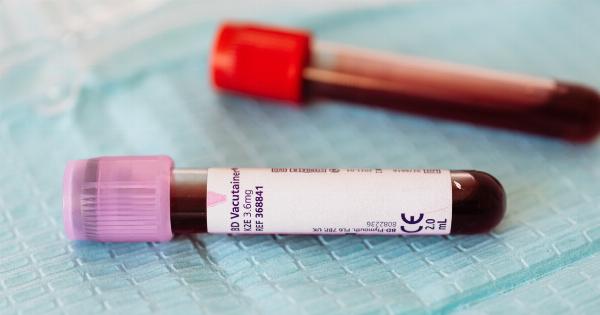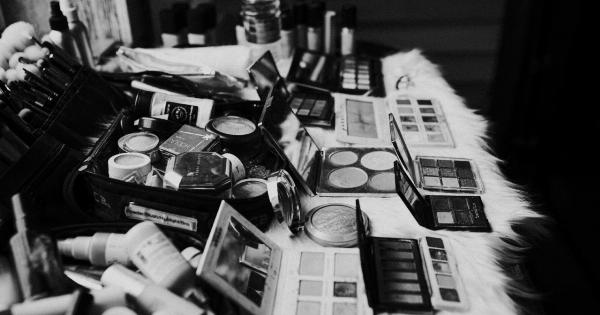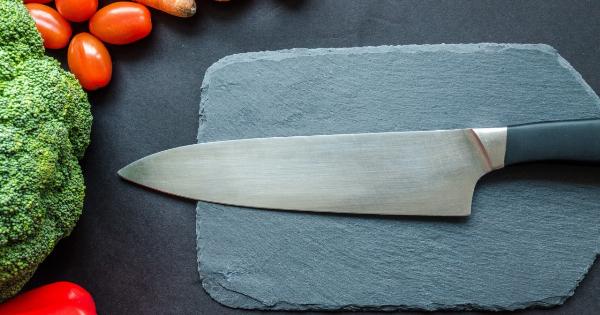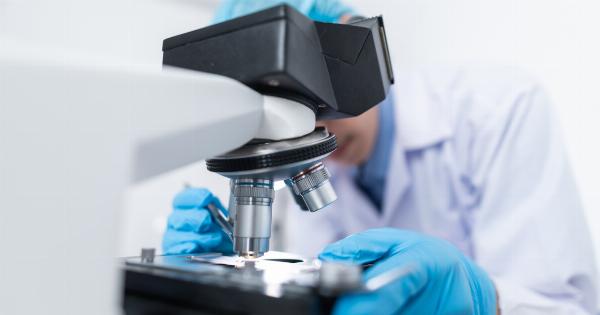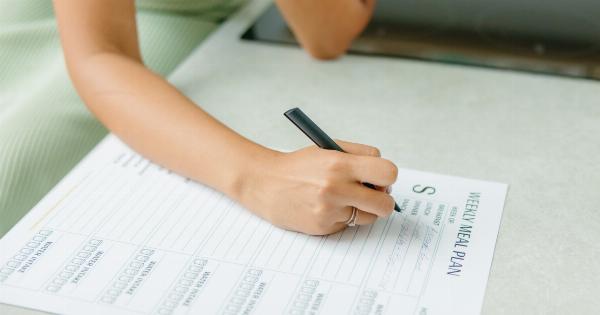Varicose veins are a common issue that affects many people, especially those who spend a lot of time on their feet. These veins are enlarged and twisted, and they can cause discomfort, pain, and swelling.
While there are medical treatments available for varicose veins, there are also simple tips you can follow to reduce your risk of developing them. Here are some simple tips to protect your feet and reduce varicose veins.
1. Wear Compression Stockings
Compression stockings are specially designed to apply pressure to your lower legs, helping to improve circulation and reduce the risk of developing varicose veins.
They are available in various levels of compression, so talk to your doctor about what level of compression is right for you. Do not compress your legs too much as it can impair your blood flow leading to critical health issues.
2. Exercise Regularly
Exercise is an essential aspect of maintaining healthy legs and reducing the risk of varicose veins.
Regular physical activity helps to increase blood flow and strengthen the muscles in your legs, making it easier for your veins to pump blood back up to your heart. Walking, running, cycling or performing leg-specific exercises such as calf raises are good options to consider.
3. Elevate Your Feet
Elevating your feet can help to relieve pressure in your legs and improve blood flow. Try to elevate your feet for at least 15-20 minutes twice a day or whenever possible throughout the day.
Raising your feet to the level of your heart will provide the best results.
4. Maintain a Healthy Weight
Obesity is a significant risk factor for developing varicose veins, as the extra weight puts pressure on the veins in your legs. Maintaining a healthy weight through a balanced diet and regular exercise can help to prevent varicose veins.
5. Avoid Prolonged Sitting or Standing
Sitting or standing for extended periods can put pressure on your veins, leading to poor circulation and an increased risk of varicose veins.
If you have to sit or stand for long periods, make sure to take a break, move around, and stretch your legs every hour or so. If you have a desk job, try to break up your day by taking short walks or stretching at regular intervals.
6. Refrain from Crossing Your Legs
Sitting with your legs crossed can restrict blood flow and increase pressure in your veins, leading to varicose veins. It also puts added pressure on the joints.
Try to keep your feet flat on the floor or use a footstool to keep your legs at a comfortable angle.
7. Wear Comfortable Shoes
High heels can increase pressure on your veins, leading to poor circulation and an increased risk of varicose veins. Wear comfortable shoes that provide adequate support and cushioning for your feet and legs.
You can alternatively use shoes with comfortable rubber soles that reduce the impact on your legs.
8. Increase Your Vitamin C Intake
Vitamin C is essential for keeping the walls of your veins strong and healthy. Foods that are high in Vitamin C include citrus fruits, strawberries, broccoli, and bell peppers.
But, all the foods mentioned cannot keep an adequate amount in the body so you should also consider taking Vitamin C supplements after seeking professional advice.
9. Massage Your Legs
Massaging your legs can help to improve circulation and reduce the risk of varicose veins. You can massage your legs yourself using your hands, or you can use a massager such as a foam roller or massage stick.
Massage the muscles located around the varicose vein to get relief from the discomfort.
10. Stay Hydrated
When you don’t drink enough water, your blood can thicken, making it more difficult for it to circulate through your veins.
Staying hydrated by drinking at least 8-10 glasses of water each day can help to keep your blood thin and reduce your risk of varicose veins.
Conclusion
There are many simple tips you can follow to reduce the risk of developing varicose veins. Maintaining a healthy lifestyle, wearing comfortable shoes, and elevating your feet regularly are just a few of the things you can do to keep your veins healthy.
Remember to talk to your doctor if you have concerns about your veins or if you notice any changes in your legs.

